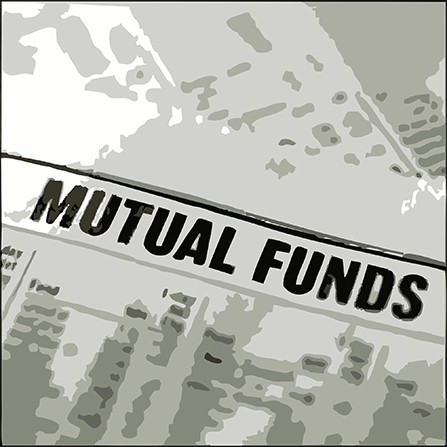Decoding the mutual fund name game
Post on: 1 Май, 2015 No Comment

By Kumar Shankar Roy Dec 24 2009. Kolkata
Experts say investors should dig deeper into documents before picking a fund
The names of most equity mutual funds are easy to understand. For instance, investors can easily make out that most funds with ‘small-cap’ in their names invest in smaller companies that fund managers consider low-priced. But generic names such as dynamic, discovery and flexi-cap often create confusion in the mind of the average investor.
Financial Chronicle spoke with experts who demystified the names of equity-focused mutual funds but urged investors to dig deeper before picking up any fund. While equity mutual funds can be broadly classified into 10 categories, the first category, index fund, doesn’t have vague names.
The second category, pure large-cap funds, focuses on stocks of listed companies, which have a market capitalisation of over Rs 10,000 crore. But, large-cap funds often end up creating confusion. For, most funds in this segment have words like ‘bluechip’, ‘vision’, ‘top’, ‘growth’, ‘advantage’ added to their names. Other words such as ‘AGILE’, ‘Select Focus’, ‘Core’ and ‘Satellite’ or ‘Alpha Equity’ only add to the confusion.
“When names do not tell much, this should be taken as a warning. The names of some mutual funds are not very detailed, and hence, you cannot judge their investing style by merely looking at their names. It’s only by taking a deeper look at the fund’s portfolio that one can find out whether the fund’s market exposure is skewed or not, said Srikanth Meenakshi, director at Wealth India Financial Services.
Mid-cap funds usually contain words like ‘emerging’, ‘future leaders’, ‘smaller’ besides the obvious term: ‘mid-cap’. “Mid-cap funds are typically more aggressive in portfolio risk and suited for investors with more risk appetite. If somebody is looking at regular income, mid-caps are not going to fit their bill. Equity-income funds invest mainly in large-cap stocks that pay high dividends, often coupled with fixed-income asset exposure,” said Karan Chimandas, assistant vice-president of research and financial planning at Pincmoney.
The tricky names usually come in funds that can be classified under ‘blend’, ‘dynamic’, ‘opportunistic’ and ‘flexicap’. Like the name of the group, there is a subtle difference between these funds, but to a discerning investor, there is a lot of information in it. Blend funds will have a mixture of large, mid and small-cap stocks. Flexi-cap funds are dynamic equity funds, which will not have any restriction.
Many ‘opportunistic’ sch-emes with vague names have a concentrated beta approach, according to classification data from Bajaj Capital. Beta is a measure of volatility and a higher beta value shows higher volatility.
“Mutual fund companies are well aware of the fact that a catchy mutual fund name can attract investors more easily, which is why each investor has a personal responsibility to do the due diligence on investment choices. If the name isn’t catchy, the responsibility increases,” said Rakesh Jha, director of MoneyTime Advisors. Theme-based funds, infrastructure funds, sectoral funds and tax-saving funds usually have simple names. But it is the name of value-style funds that create confusion.
“The word value is self-explanatory. But names with ‘discovery’, ‘growth’, ‘dividend yield’ or ‘growth’ could mean anything if the investor does not understand the value theme. Investors should consider screening funds not by names, but by asset type and size classifications. Plus, evaluate how a fund fits into your overall asset allocation plan,” said Sanjay Das, a certified financial planner.














